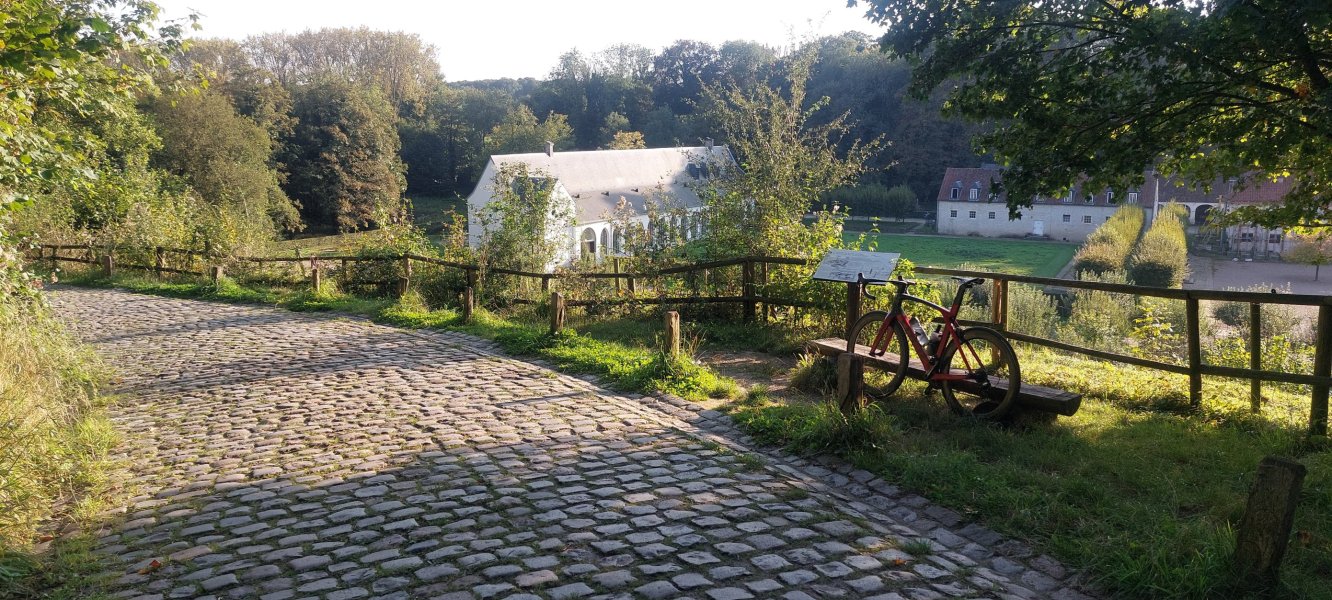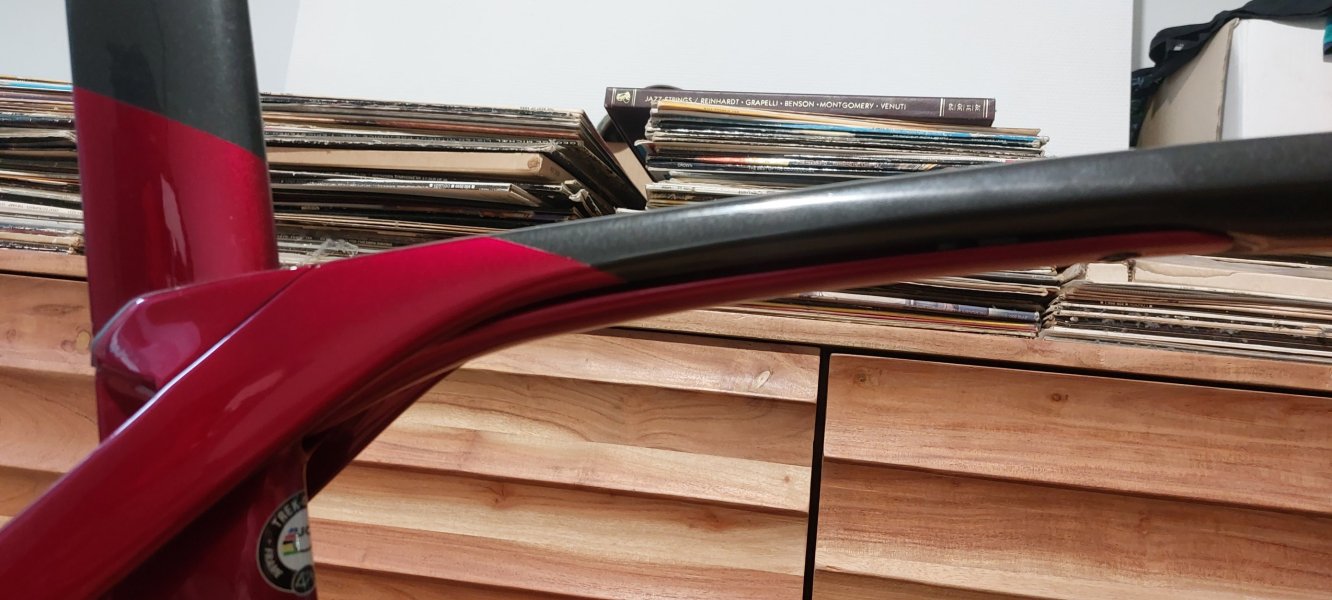That is true. But their reliability is much higher than traditional drive systems. They are the only drive systems to survive the entire Tour Divide (or GDMBR) without service.
Maybe we can fit a chainsaw chain on the open transmission to at least cut through the dried mud?






